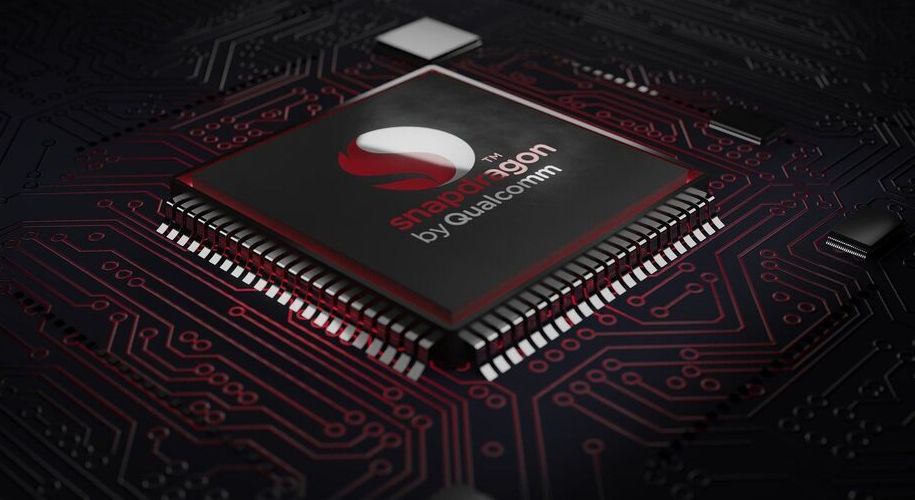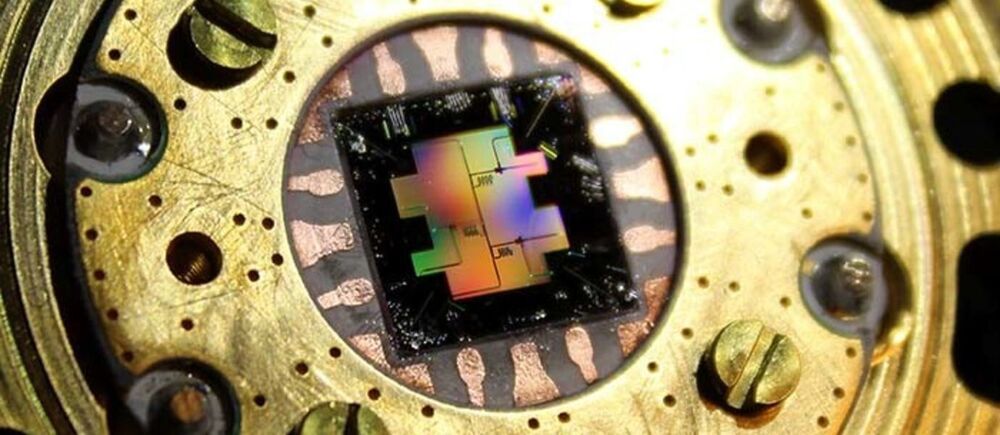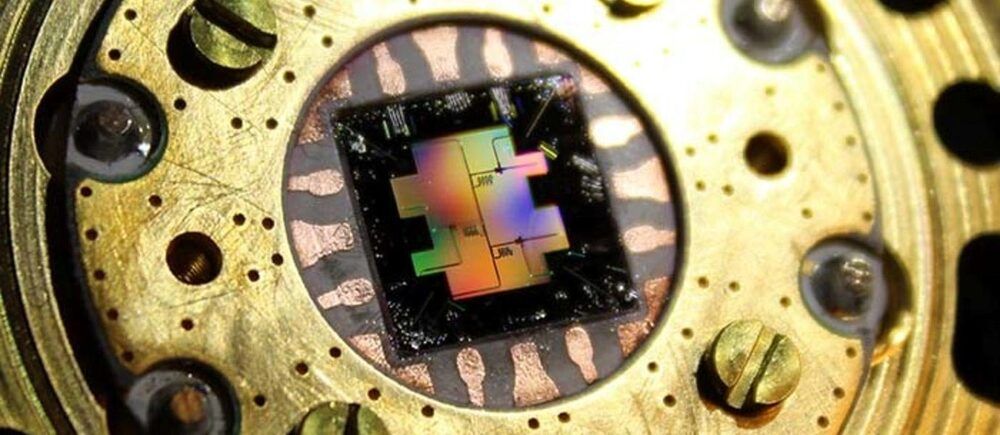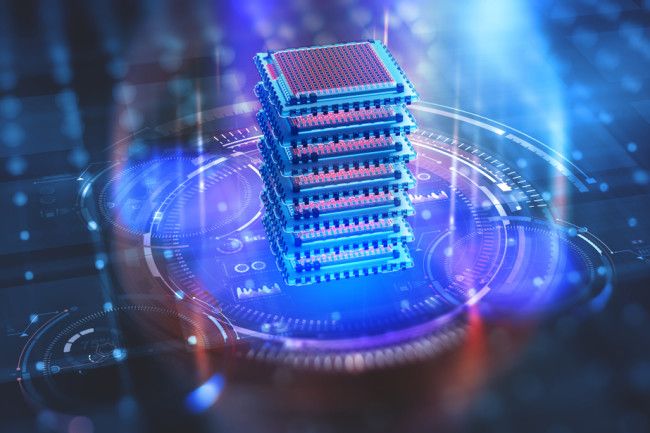Today I’m excited to announce my new book called And TODAY it’s FREE on Amazon (instead of $7.99). So please download a free copy! And share with a friend!
Enter your mobile number or email address below and we’ll send you a link to download the free Kindle App. Then you can start reading Kindle books on your smartphone, tablet, or computer — no Kindle device required.








